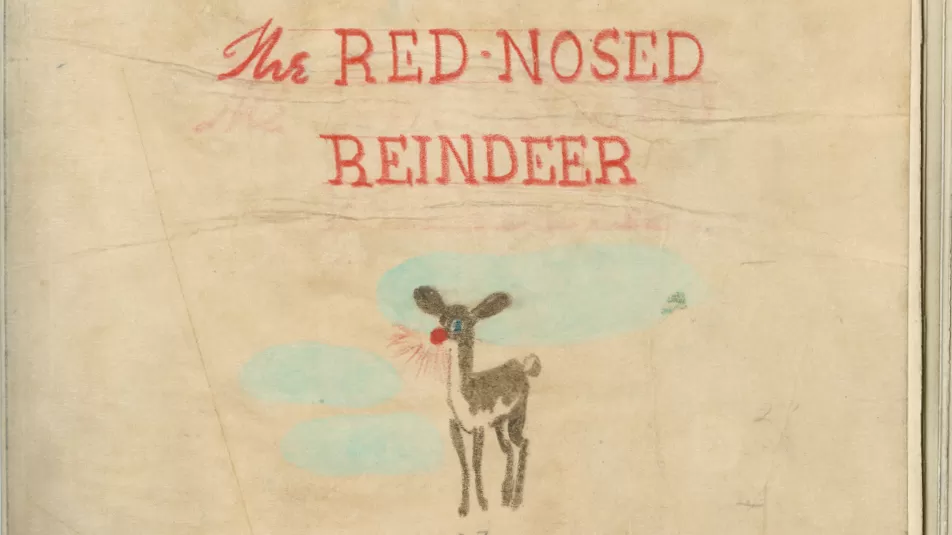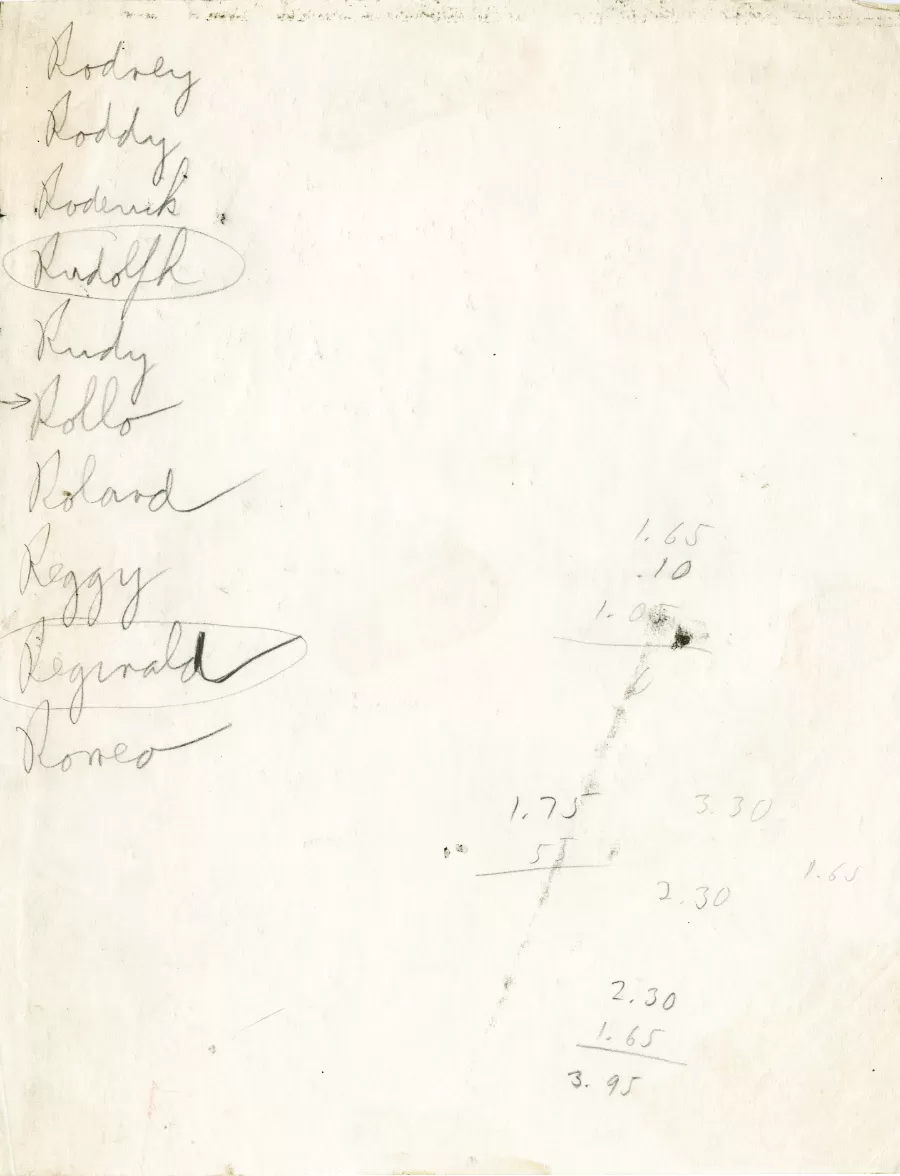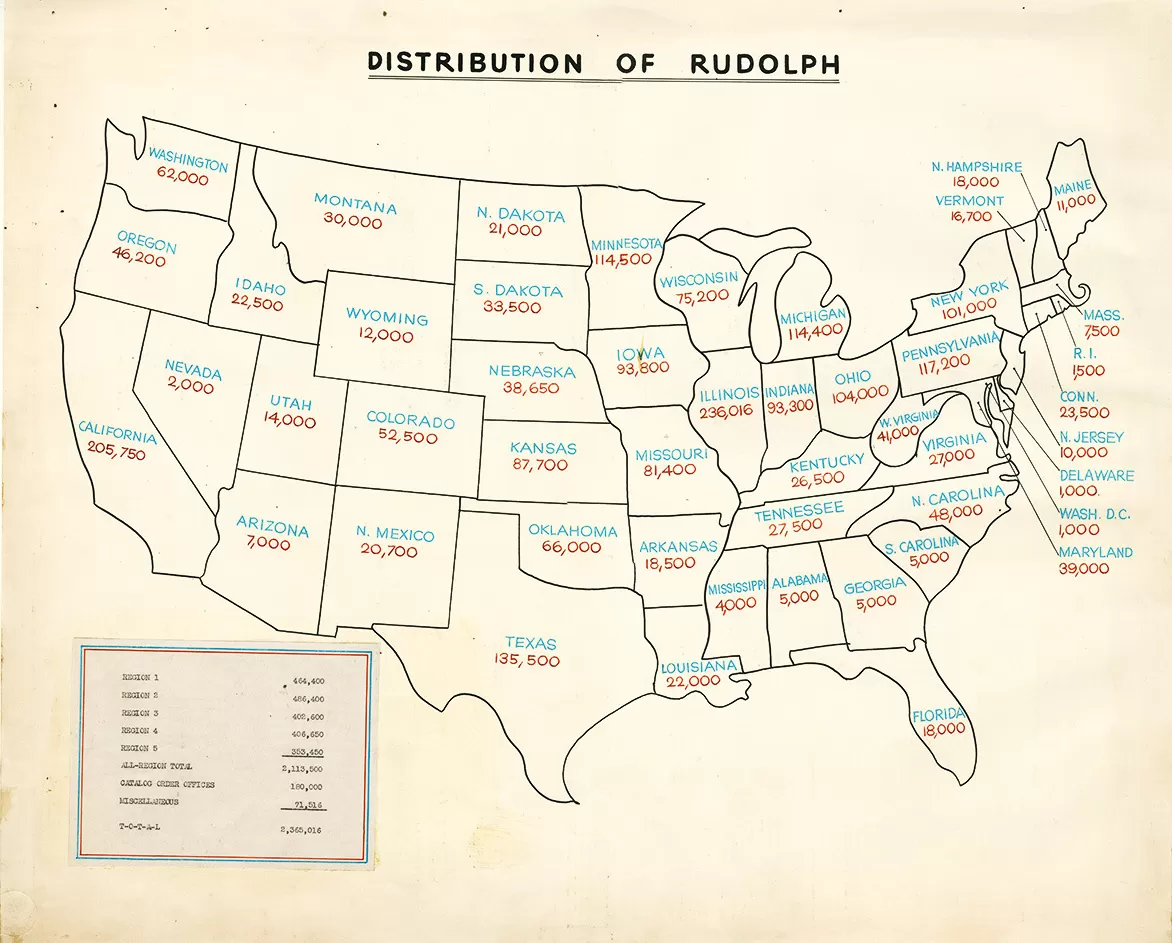Everybody knows and loves the story of Rudolph the Red-Nosed Reindeer, a perennial Christmas classic often retold as a song or a festive “rudolph poem” narrative. Yet, few are familiar with the compelling, human story behind its creation and the man who first brought this radiant character into the world: Robert L. May.
In 1939, during the latter part of the Great Depression, the Chicago-based department store Montgomery Ward decided to create its own children’s book for their annual holiday promotion. They tasked Robert L. May, one of their copywriters, with the job. May was known for his clever rhymes at parties but privately felt like an outsider, struggling to achieve his dream of writing beyond catalog copy. His personal feelings of not measuring up resonated with the idea of an underdog. This sentiment, sometimes echoing themes found in explorations of society and belonging, began to shape his concept.
May developed the story of a young reindeer ostracized by his peers for his unusually bright red nose. However, this very difference becomes his salvation and Santa’s solution to a foggy Christmas Eve. When May presented his initial draft, his boss was skeptical, questioning if he could “come up with anything better.” But May, believing deeply in the tale’s potential, persisted. He collaborated with an art department colleague to create sketches, and together they convinced the management.
Months into writing the story, tragedy struck when May’s wife succumbed to cancer, leaving him a widower and a single father. His boss offered to relieve him of the project, but May refused. As he later recounted, he “needed Rudolph now more than ever,” finding solace and determination in completing the tale of an overcoming spirit. The narrative’s emotional weight deepened, reflecting the quiet perseverance required in the face of adversity, much like the complex themes of social standing found in a poem about class.
The finished book was a massive success. Montgomery Ward distributed over two million copies of the Rudolph the Red-Nosed Reindeer story that holiday season across the country.

Despite the book’s popularity, May remained burdened by his wife’s medical debts on a copywriter’s salary. A stroke of luck, or perhaps humanity, occurred after World War II when Montgomery Ward’s CEO, Sewell Avery, unexpectedly gifted May the copyright to his creation. This act paved the way for the story to reach an even wider audience.
It happened that May’s brother-in-law, Johnny Marks, was a songwriter. May persuaded him to write a song based on the story. While Marks initially found it challenging to write about a reindeer with a shiny nose, he eventually penned the now-iconic tune. The song, capturing moments of impact sometimes like short senryu poems do in their brevity, was notably recorded by Gene Autry, the singing cowboy. Autry’s version sold over 25 million copies, solidifying Rudolph’s place in popular culture and leading to the beloved stop-motion film adaptation.

The success of the song transformed Robert May’s life, ensuring his family’s financial security. He took immense joy in being the man behind the famous nose and the powerful message it carried. The story, born from personal struggle and corporate initiative, became a symbol of embracing one’s unique qualities, a message that resonates deeply, touching upon themes of loss and remembrance not unlike those explored in day of the dead poems in english. May’s original poem/story, initially a marketing tool, became a timeless tale of empathy, resilience, and how perceived weaknesses can become strengths. It’s a narrative with layers, much like some funny poems can contain surprising depth beneath their humorous surface.

The story of the Rudolph poem is not just a Christmas fable; it’s a testament to the power of narrative, personal perseverance, and the unexpected paths that lead to enduring art and cultural icons. Robert L. May’s life intertwined with his creation, proving that even from humble beginnings and personal darkness, a guiding light can emerge.
